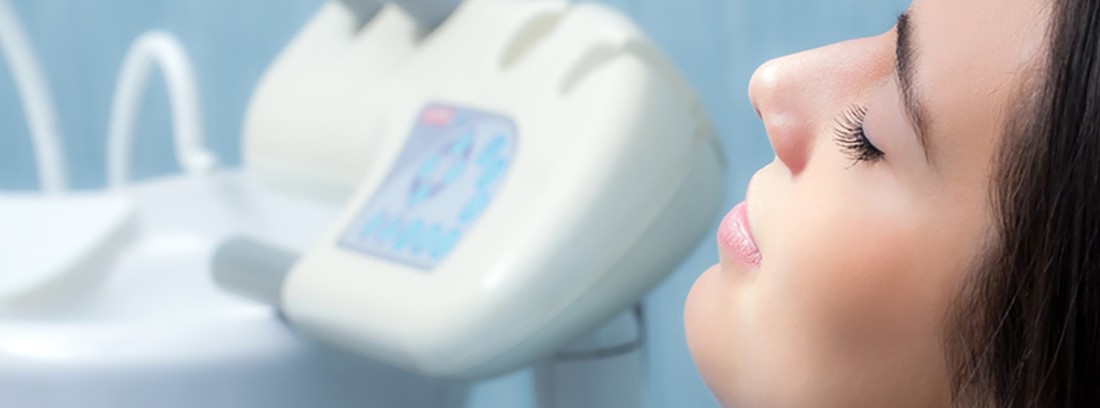Sialography

Alternative names
Glandular X-ray
Definition
Radiological study with contrast of the extraglandular and intraglandular ducts and the acinis of the major salivary glands (parotid and submaxillary).
The study requires the use of iodinated contrast and ionizing radiation (X-rays).
How is the study done?
The study is carried out in Radiology units.
Proper oral cleaning must be performed prior to the study.
The patient is seated in front of the examiner, they will be asked to rinse their mouth with an acid solution (usually concentrated lemon juice) that acts as a secretagogue (a substance that favors salivary secretion), so that the examiner can recognize the exit of the salivary ducts of the two largest glands: parotid and submaxillary; Once identified, the ducts will be dilated by using small dilators of ascending diameter and finally a cannula will be placed through which a small amount of water-soluble contrast will be administered.
Once the contrast has been distributed inside the ducts and its branches, an X-ray is taken in two projections (front and profile).
Preparation for the study
Sialography does not require preparation except for proper prior oral hygiene.
It does not require the use of anesthesia, although a local anesthetic can be used at the request of the patient.
What does it feel like during and after the study?
Sialography is painless for the patient, although it is an annoying technique since the mouth has to be kept open while the contrast is administered.
During the placement of the dilators and the cannula, the patient may feel pressure or mild discomfort that disappears in a short time.
Study risks
allergy to the contrast used during the study.
Risks inherent in the administration of ionizing radiation (X-rays) especially in pregnant women and young children.
Gland infection (pain, warmth and / or enlargement of the gland 24 hours after the study)
Study contraindications
The patient should consult his doctor or radiology technician before the study in the case of:
- allergy to contrast.
- Pregnancy and / or breastfeeding.
- Use of metal dental prostheses
Reasons why the study is carried out
Sialography allows detecting localized anatomical alterations in the salivary ducts and their ramifications produced by multiple causes such as cysts, stenosis, fistulas, inflammation, infections, foreign bodies, trauma, etc. in patients who present symptoms such as pain, inflammation, blood or purulent discharge and / or absence or excessive salivary secretion from the larger salivary glands.
It allows locating the exact place of the alteration and in many cases deciding on a possible subsequent treatment.
(Updated at Apr 14 / 2024)